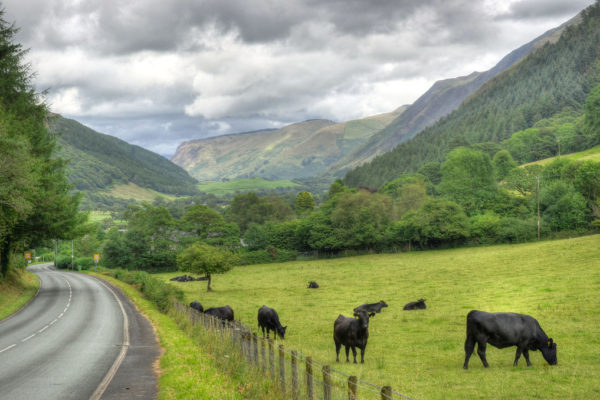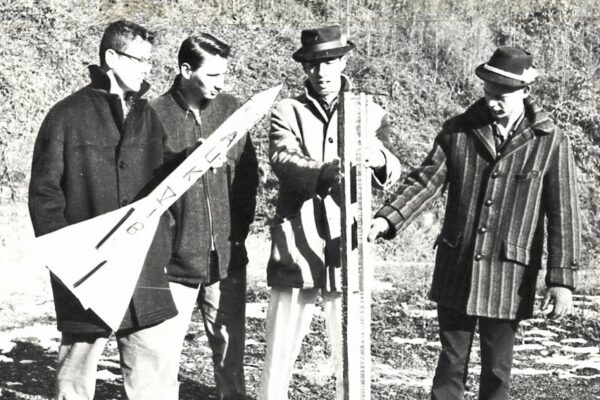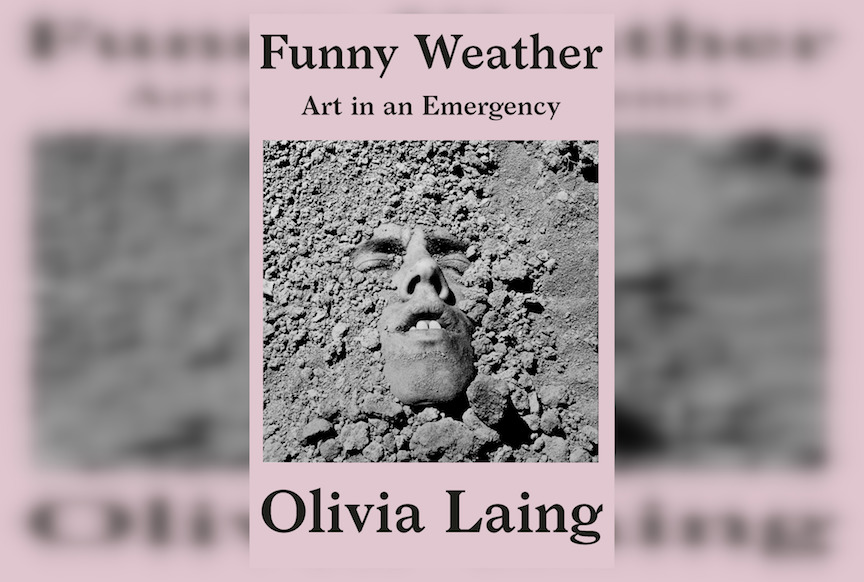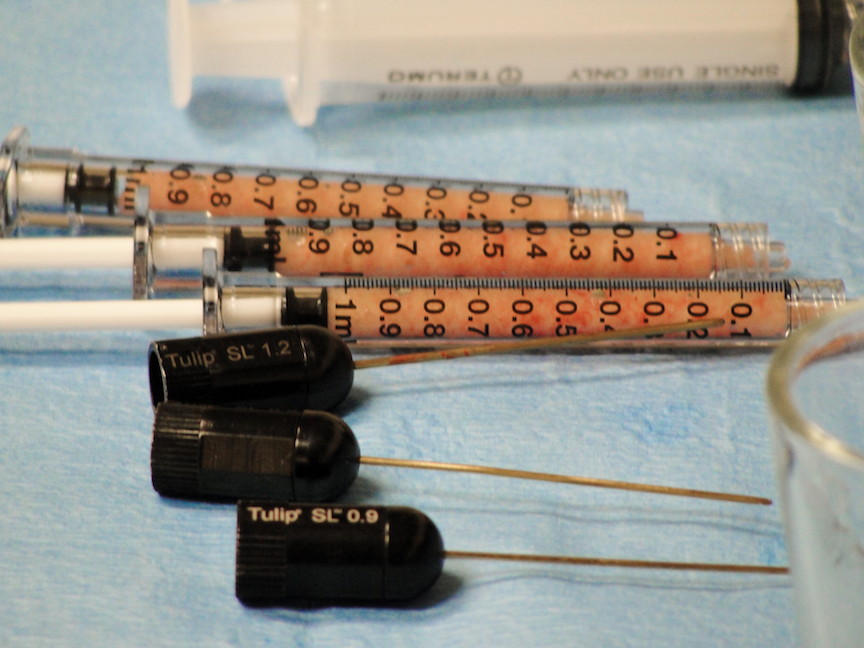It’s early evening on a weeknight when I turn on the local news. A high speed police chase is in progress. A suspect is fleeing from the cops, weaving his way through the San Fernando Valley streets with no obvious destination. The man’s arm is outside the window, hand open as if he’s grabbing the wind. I’m not surprised he’s black since most police chases in Los Angeles involve black and brown-skinned men. As the black mother of a teenage boy, I feel panicked thinking about the potential for police violence in this situation. Will they shoot first, then ask questions later? The suspect dictates the pace and rhythm of this rollicking cat and mouse game. If he speeds up, so do the police. When he slows down, the police will too. At some point, the power balance could shift. A wrong move by the suspect or an aggressive law enforcement attempt to end the chase with a spike strip or a pit maneuver could cause the driver to turn sideways, lose control and come to a stop. I am irresistibly drawn to this frightening scene.
Every local news channel knows what I and other viewers want: nonstop coverage of this heavily pursued man in an unremarkable dark colored compact car, possibly a Honda or Toyota. The news helicopters fight for air space, along with police choppers. Anchors behind their desks speculate in breathless voices about how the car chase started. Maybe it was a bank robbery gone wrong or a traffic stop disobeyed. It could even be a murder. When the man slows at a busy intersection, spectators walk alongside the car snapping photos and filming the chase with their phones and police follow behind, now in slow pursuit. He speeds up, pushing his small car to its limits, over 100 MPH. A near-miss with a truck, so scary I take a deep breath and hold it, unable to exhale until I must. My husband, Barry, comes into the family room to watch. I grab a diet coke.
In an odd way, high speed police pursuits, like this one three years ago, have become part of Los Angeles culture. It all goes back to O.J. Simpson’s infamous white Bronco chase in 1995. With its expansive network of freeways and flat, wide boulevards, Los Angeles is an ideal place to drive too fast. Every week it seems, I tune into a pursuit. Sometimes they end with a dramatic shootout. Other times, the drivers surrender peacefully, admitting defeat. Moments can turn into an hour or two as I am lured into a stranger’s orbit, captured by an insatiable quest for Hollywood drama. No matter how many I watch, each one brings a new thrill.
Right now, this man we do not know is the prince of the city, a reckless tyrant demanding our attention. He brings a corner of the city to a standstill, directing traffic with his car, narrowly missing confused drivers, almost slamming into the side of a black Mercedes. He floors it onto the 101 Freeway only to hop off at the next exit at a harrowing speed, rendering stoplights irrelevant.
I wonder who he is, this black man whom I cannot see. Maybe he’s an actor in search of fame; maybe he’s tired of nobody listening to him sing; maybe the empty afternoon whispered in his ear to steal a car and drive, drive, drive; maybe he’s searching for his missing army patch from the 101st airborne; maybe nothing seems permanent and everything is always in motion; maybe he’s a choreographer making the car bounce to Lizzo’s “Truth Hurts”; maybe he’s a dancer dipping and swirling to a rhythm only he can hear; maybe everyday he’s repulsed as privilege drives past poverty; maybe he’s following a trail of crimson footsteps; maybe he’s a cartographer, creating a map of the thousands of police chases on Los Angeles’ perfectly ordered street grid; maybe he was startled by a bird of paradise poking its dazzling orange head through a sidewalk on Ventura Blvd; maybe he longs for the quiet of St. Vibiana Cathedral; maybe he hears the honking horns and sees middle fingers thrust high up; maybe he’s heading to the Griffith Observatory where he’ll gaze into the telescope and gigantic white stars will wink at him; maybe he cat calls a preening Queen Palm tree high up on the hill, admiring her sexy silhouette and voluminous fronds as she sways gently in the warm breeze; maybe he shouts to her that she’s the real beauty queen of Los Angeles; maybe he’s a spider fat with blood who just ate a fly; maybe he longs for champagne glasses overflowing with bubbly; maybe he’s a dinner guest who drank too much; maybe he’s on his way to Beyonce and Jay-Z’s house; maybe he was strumming a soulful blues melody on a street corner but when the cops pulled up the chords turned rebellious; maybe the officer who pulled him over said, “I’ll pop a cap in your ass”; or maybe it’s all so intoxicating his mind is blown.
The voyeur that I am, I keep watching as the man weaves through traffic then makes sharp U-turns into oncoming traffic. An hour goes by and I’m still glued to the TV. I want to know, Who is in this car and what crime did he commit? Was it an expired registration or a carjacking? But, what I need to know more than anything else is how the chase will end. At around 8:30 p.m., the summer sun sets. The incandescent light, golden and glittering slowly disappears, plunging the city into darkness and giving the chase a menacing new danger. I watch as the man takes a new route and zooms up the steep winding canyon where I live. Because Coldwater Canyon drops down onto the Westside, where he can jump on the 10 freeway and ride as far as the Mexican border, I assume that’s where he’s heading. It never occurs to me he might have a different plan.
Suddenly, he makes a sharp left onto my narrow street. My stomach tenses. Within seconds, dozens of police sirens are outside our house. Barry opens the upstairs window to see the commotion. A loud voice on a megaphone instructs us to stay inside and lock all doors and windows. Barry grabs a baseball bat from the hall closet. With fear in his voice, he tells me to double check the lock on the back door. On the TV, the chase has stopped ten feet from our front door. We do not have a fence or a gate. It feels terrifyingly close. We wait to see what will happen next.
The law enforcement voice on the megaphone orders the suspect to STOP, STOP, STOP, PUT YOUR HANDS IN THE AIR. Guns drawn, officers take up tactical positions. The suspect jumps out of the car and runs up the steep driveway of my next door neighbor, quickly disappearing into the thick, unkempt brush. Behind their house is a nearly vertical hill crowded with towering pine and oak trees. I wonder if they are home. The helicopter’s spotlight turns the street from night to day, flying, circling in tight, repetitive motions as it makes a loud humming sound. More police arrive. The area is locked down. Access is restricted. Somehow, the noise doesn’t wake up our two teenage kids who are sleeping downstairs.
Friends start texting when they see my house on TV. I give them updates. We’re fine, but freaked out and he’s still on the loose. I think about the man breaking into our house and pull a butcher knife from the kitchen drawer. I can’t imagine stabbing a person so I set it on the counter. Barry and I sit on the family room sofa, not talking, only watching the action on TV, listening to the sounds of the frantic search outside. In case shots are fired, we don’t open the blinds to see what’s happening outside our front windows.
Around 2 a.m., after about four hours, the police give up. The news cameras are gone too. In the silence of the early morning, I feel guilty for wanting the man to escape only because he’s black. Guilty because I don’t know if he’s committed a serious crime and should be in jail. Guilty because I hope he is nowhere near my house anymore. I’m a hypocrite of the worst kind. A black woman who cheers for the black suspect to elude the police, but doesn’t want him in her quiet canyon that’s affluent and mostly white. I sleep for short stretches then wake up, startled by what sounds like someone breaking in. It’s only in my dreams. They never catch him and I can only wonder why this lone black man was being chased by the cops.
The next day, around the same time the chase began, everything seems normal. Waze diverts cars onto my street at rush hour. Beyonce hits the high notes, Mariachi music swings, a guy calls a woman on speaker to ask what she wants for dinner and NPR’s soothing voices make the President seem less dangerous. Maybe the man is still hiding, listening to the music. Or maybe he decided not to hang around.
“Close to Home” by Christina Simon is the Nonfiction Winner in Columbia Journal’s Black History Month Special Issue Contest.




